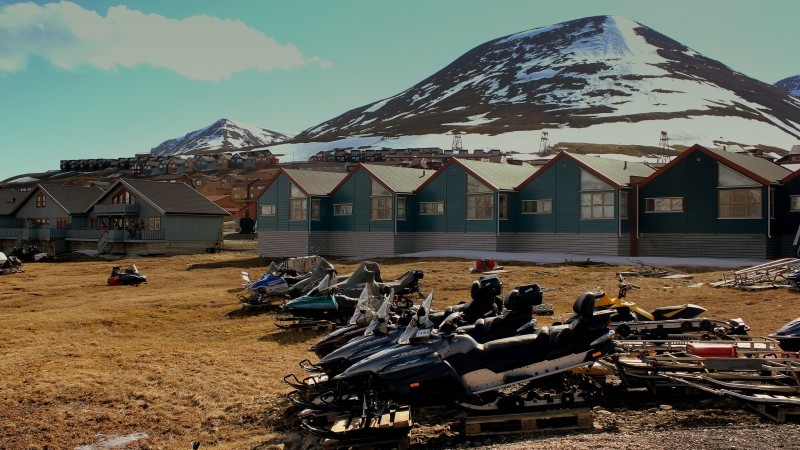
Abstract: "Although it is not known when or where life on Earth began, some of the
earliest habitable environments may have been submarine-hydrothermal
vents. Here we describe putative fossilized microorganisms that are at
least 3,770 million and possibly 4,280 million years old in ferruginous
sedimentary rocks, interpreted as seafloor-hydrothermal vent-related
precipitates, from the Nuvvuagittuq belt in Quebec, Canada. These
structures occur as micrometre-scale haematite tubes and filaments with
morphologies and mineral assemblages similar to those of filamentous
microorganisms from modern hydrothermal vent precipitates and analogous
microfossils in younger rocks. The Nuvvuagittuq rocks contain
isotopically light carbon in carbonate and carbonaceous material, which
occurs as graphitic inclusions in diagenetic carbonate rosettes, apatite
blades intergrown among carbonate rosettes and magnetite–haematite
granules, and is associated with carbonate in direct contact with the
putative microfossils. Collectively, these observations are consistent
with an oxidized biomass and provide evidence for biological activity in
submarine-hydrothermal environments more than 3,770 million years ago."
Read More:
http://www.bbc.com/news/science-environment-39117523
http://www.nature.com/nature/journal/v543/n7643/full/nature21377.html




